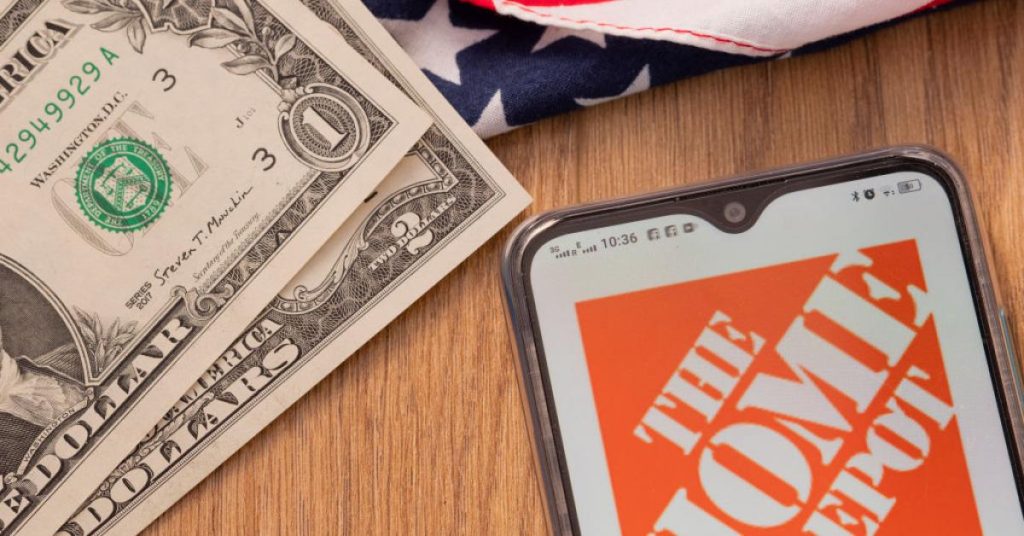A major U.S. retailer has done a bit of an about-face regarding tariffs and pricing. Previously, they stated that tariffs wouldn’t lead to higher prices, but now they’re saying we should expect some modest price hikes on certain products. This change of heart comes as the home-improvement giant, with over 2,300 stores across North America, grapples with much higher tariffs than anticipated back in May.
Billy Bastek, the executive vice president of merchandising at Home Depot, explained that current tariff rates are significantly higher. As a result, “there’ll be some modest price movement in some categories, but it won’t be broad-based.” He emphasized that the company is striving to keep project costs low as many homeowners are putting off larger renovations but still tackling smaller projects.
Bastek noted that people shopping at Home Depot usually buy everything needed for a project, like tiles, grout, and bathroom fixtures for a small flooring project. They’re focused on protecting the overall cost of these projects to ensure customers get the best value. Importantly, about half of Home Depot’s products are made in the U.S. and aren’t subject to these tariffs.
Ted Decker, Home Depot’s CEO, mentioned that lower federal interest rates might provide some relief. He observed that both professional contractors and regular consumers are engaged in smaller projects, though the bigger discretionary ones haven’t made a comeback yet. This sentiment was shared during the company’s second-quarter earnings call.
The Federal Reserve’s recent “beige book” survey found that businesses nationwide are passing tariff costs onto consumers, despite President Donald Trump’s warnings against this. The survey noted that many companies have introduced price hikes or surcharges, though some are holding back due to customers’ price sensitivity, resulting in tighter profit margins. The impact of these increased prices might become more noticeable as the year progresses.
President Trump has been vocal about his stance on tariffs, urging businesses not to hike prices and absorb the losses instead. When Walmart announced in May that they’d need to raise prices, Trump bluntly advised the retail giant to “eat it.” This approach aligns with his broader strategy of using tariffs to bring back manufacturing jobs from low-wage countries, lighten the tax load on American families, and reduce national debt.
Tariffs, in essence, are taxes on imported goods paid by the importer, who then decides whether to absorb the costs or pass them onto consumers. There’s been a lot of chatter among economists, businesses, and publicly traded companies about tariffs potentially raising prices across a wide array of consumer goods. Trump’s plan is to restore manufacturing jobs that drifted overseas in past decades, but there’s a balancing act when it comes to consumer costs.
Home Depot’s latest price increase announcement is a reflection of these broader economic pressures. While they aim to maintain competitive pricing, the reality of higher tariffs is making it a challenge. As businesses navigate these changes, the impact on consumers and the broader economy will be closely watched.
The company is clearly adapting to the shifting economic landscape, trying to find that sweet spot where they can manage costs without alienating customers. For now, it seems like a juggling act, with Home Depot working hard to keep projects affordable while dealing with unavoidable tariff-induced cost pressures.
Retailers like Home Depot are often caught in the middle of these economic policies, trying to satisfy both consumers and shareholders. The challenge is finding a balance that keeps customers coming back while still turning a profit. As the year unfolds, the effects of these tariffs and the resulting price changes will be something to keep an eye on.



